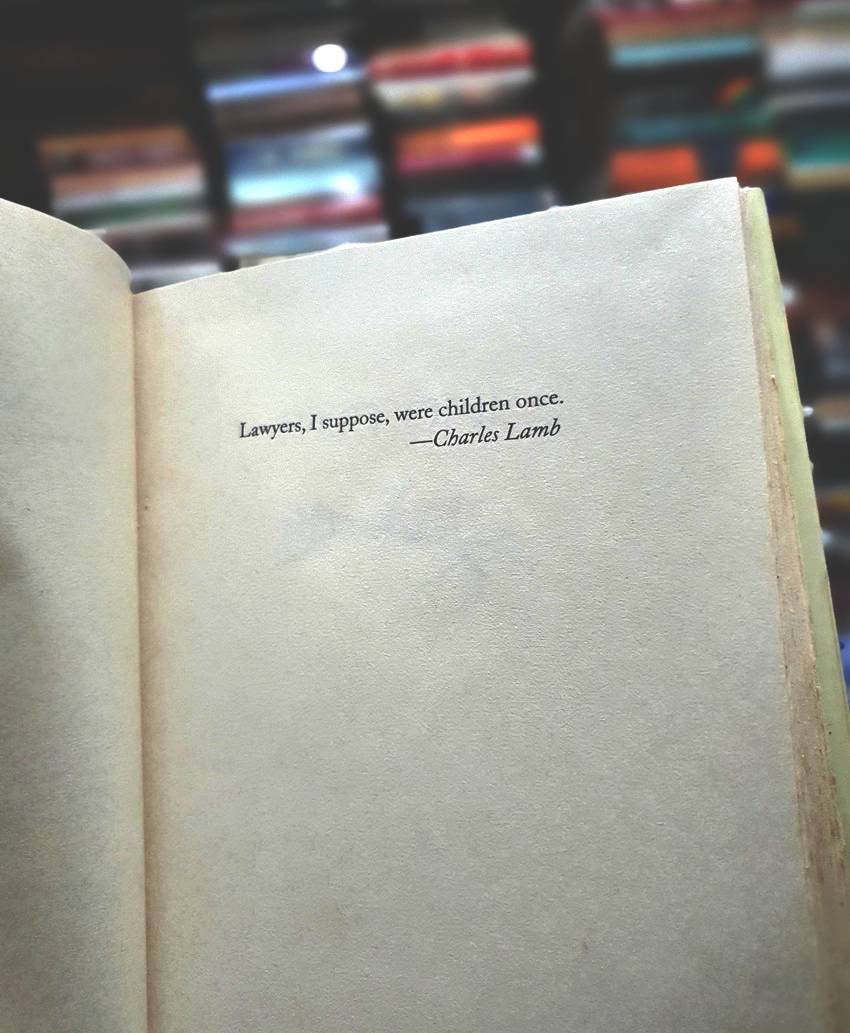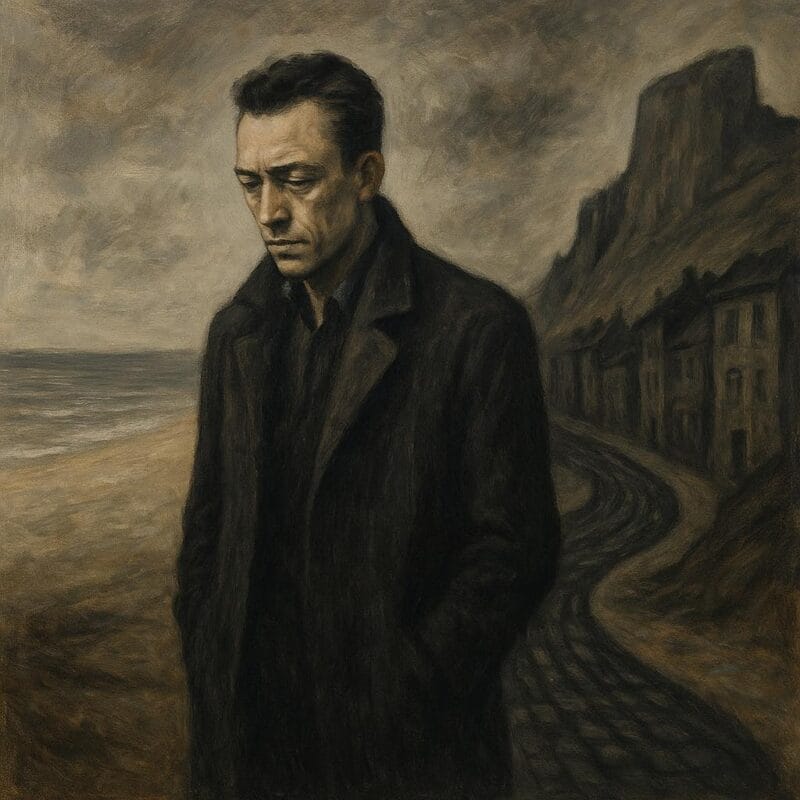[su_label type=”info”]Bookmark[/su_label]
[su_box title=”In a Nutshell” box_color=”#DDFF99″ title_color=”#333333″ style=”soft”]
[su_quote][An epigraph, which] often appears before the start of a story or even a chapter … [is a] brief phrase, quotation, poem, or any chosen text [that] typically holds significant purpose, setting the stage for what lies ahead... Writers often include an epigraph to do one of three things: set the scene, summarize the work, or provide a counterpoint.[/su_quote]
[/su_box]
In literature, [su_highlight background=”#DDFF99″ color=”#333333”]a unique feature often appears before the start of a story or even a chapter: the epigraph. This brief phrase, quotation, poem, or any chosen text typically holds significant purpose, setting the stage for what lies ahead.[/su_highlight] Encountering an epigraph can be an intriguing experience that adds layers of meaning to a book before reading its actual story or composition.
[su_highlight background=”#DDFF99″ color=”#333333”]Writers often include an epigraph to do one of three things: set the scene, summarize the work, or provide a counterpoint.[/su_highlight] As opposed to a prelude, preface, or introduction, an epigraph need not have any bearing on the subject matter at hand.
Although most books only have one epigraph at the very beginning, it may also be used at other points in the narrative—some writers choose to include an epigraph at the start of each chapter or section. Depending on the denouement, it may also have a significant impact when read at the conclusion of a work.
The term “epigraph” is derived from the Greek prefix “epi-” (meaning “on”) and “graphein” (meaning “to write”). While there isn’t a specific length requirement for epigraphs, they are generally understood not to exceed one printed page. Remember that the primary aim of an epigraph is to grab the reader’s attention and spark their interest, rather than to introduce an unnecessary section.
Epigraphs come in various forms, from snippets of poetry to lines from famous speeches. They often draw connections between the current work and other literary pieces, historical events, or philosophical concepts.
While not essential to every literary work, epigraphs have been used by countless authors throughout history. This simple literary device can transform a reader’s approach to the text, encouraging them to view it through a specific lens or with particular ideas in mind.
The Epigraph’s Different Purposes
Setting a Tone and Providing Thematic Clues
An epigraph can serve as a thoughtful introduction, setting a certain tone or hinting at a theme the author wants to communicate. While writers choose these passages with care, their purpose is deeply felt on the reader’s end. A compelling epigraph provides readers with context—a first glimpse into the story’s tone and themes.
Epigraphs act as a literary compass, guiding readers toward the book’s direction and atmosphere. A well-selected epigraph can foreshadow key ideas, conflicts, or motifs that will unfold in succeeding pages. For instance, a somber quote might prepare readers for a melancholic narrative, while a witty remark could signal a satirical work.
Authors often use epigraphs to introduce complex themes subtly. A short poem or proverb can encapsulate the book’s philosophical underpinnings, giving readers a framework to interpret the story. This thematic preview inspires deeper engagement with the text from the very beginning.
Epigraphs can also act as a link between different literary works. Through references to other texts, authors establish connections and encourage exploration of wider literary contexts.
Influence on Initial Expectations
The first impression of a book often comes from its epigraph, significantly impacting readers’ expectations. A thought-provoking quote can pique curiosity and set the intellectual challenges for the reader. Conversely, an enigmatic phrase might create an air of mystery, encouraging readers to approach the text with heightened attention.
Epigraphs can also challenge preconceptions. An unexpected or contrasting quote can lead to a reexamination of assumptions about the book’s genre or subject matter. This element of surprise can be particularly effective in works that aim to subvert traditional narrative forms or explore unconventional perspectives.
Providing a Counterpoint
An epigraph can do more than set the tone; it can also serve as a counterpoint to the narrative, offering a contrasting perspective or an unexpected lens through which to view the story. Whether it’s a quote from a classic work, a line of contemporary song lyrics, or the words of a historical figure, an epigraph might hint at themes or ideas that stand in tension with the main text, inviting readers to consider alternative viewpoints.
In both fiction and nonfiction, an epigraph might initially seem to suggest a specific tone, topic, or moral. However, as the story unfolds, readers may find that it introduces ideas that push against the main narrative or provoke questions that are only partially resolved. This contrasting function of an epigraph challenges readers to think critically, adding depth to the narrative by juxtaposing the author’s perspective with the epigraph’s distinct viewpoint.
Not every epigraph counters the text, but those that do add depth and establish a dynamic interaction between the two. This interaction enhances the reading experience and encourages reflection on how differing ideas coexist and conflict within a single work. In this way, an epigraph serves as more than an introduction; it acts as a vital and thought-provoking counterpoint to the story that follows.
How Readers Interpret Epigraphs
For most readers, an epigraph sparks curiosity, encouraging the discovery of its significance to the story as it unfolds. Serving as a lens through which the book’s ideas are seen, it often deepens in meaning as the reader moves through the text. Some epigraphs may seem vague initially but gain clarity over time. As the story unfolds, readers are likely to connect the dots, recognizing the full significance of the chosen epigraph.
Readers often approach epigraphs as clues that reveal the themes and meanings within a literary work. For example, an epigraph quoting a philosophical text might encourage readers to search for deeper insights or moral questions in a novel. Likewise, a poetic fragment could hint at the importance of language and imagery in the pages that are about to unfold.
Impact of Epigraphs on the Reading Experience
A well-chosen epigraph can inspire reflection and pause, provide moments of contemplation, and raise questions about the text as the story develops. For many, an epigraph becomes an anchor, a phrase they revisit to see how their interpretation has evolved. The words may resonate differently as the narrative builds, creating a dynamic reading experience that goes beyond the surface.
For instance, in To Kill a Mockingbird by Harper Lee, the epigraph, “Lawyers, I suppose, were children once,” is a line from the British essayist Charles Lamb. By the end of the novel, this simple line holds greater significance, casting light on the character of Atticus Finch and his principled innocence amid the complex, often prejudiced adult world. Readers might find themselves rethinking their own perspectives on justice, empathy, and growth as a result.
Many readers return to the epigraph after finishing the book, discovering new layers of significance. This practice enhances comprehension and appreciation of the work as a whole. When an epigraph is used to foreshadow plot points or character development, an astute reader might pick up on these hints, adding an element of anticipation to their reading experience.
Examples of Epigraphs in Famous Books
Some notable examples of epigraphs in literature are as follows:
Lawyers, I suppose, were children once. —Charles Lamb
To Kill a Mockingbird by Harper Lee
Then wear the gold hat, if that will move her; If you can bounce high, bounce for her too, Till she cry “Lover, gold-hatted, high-bouncing lover, I must have you!” —Thomas Parke D’Invilliers
The Great Gatsby by F. Scott Fitzgerald
If they give you ruled paper, write the other way. —Juan Ramón Jiménez
Fahrenheit 451 by Ray Bradbury
“You are all a lost generation.” —Gertrude Stein in conversation
“One generation passeth away, and another generation cometh; but the earth abideth forever… The sun also ariseth, and the sun goeth down, and hasteth to the place where he arose… The wind goeth toward the south, and turneth about unto the north; it whirleth about continually, and the wind returneth again according to his circuits… All the rivers run into the sea; yet the sea is not full; unto the place from whence the rivers come, thither they return again.” —Ecclesiastes
The Sun Also Rises by Ernest Hemingway
Let us not become gloomy as soon as we hear the word “torture”: In this particular case there is plenty to offset and mitigate that word—even something to laugh at. —Friedrich Nietzsche, On the Genealogy of Morals
The Sympathizer by Viet Thanh Nguyen
Further Reading
On Epigraphs by Andrew Tutt, The Millions
Why you should always read the epigraph by Michael Delgado, Penguin Random House UK
Epigraphs: opening possibilities by Toby Lichtig, The Guardian
Towards the Heart of a Book: In Praise of the Epigraph by Thomas Swick, Literary Hub
Why Are You Really Quoting Another Writer? The Epigraph as both hero-worship and laziness by Alexandra O’Connell, alexoconnell.com





